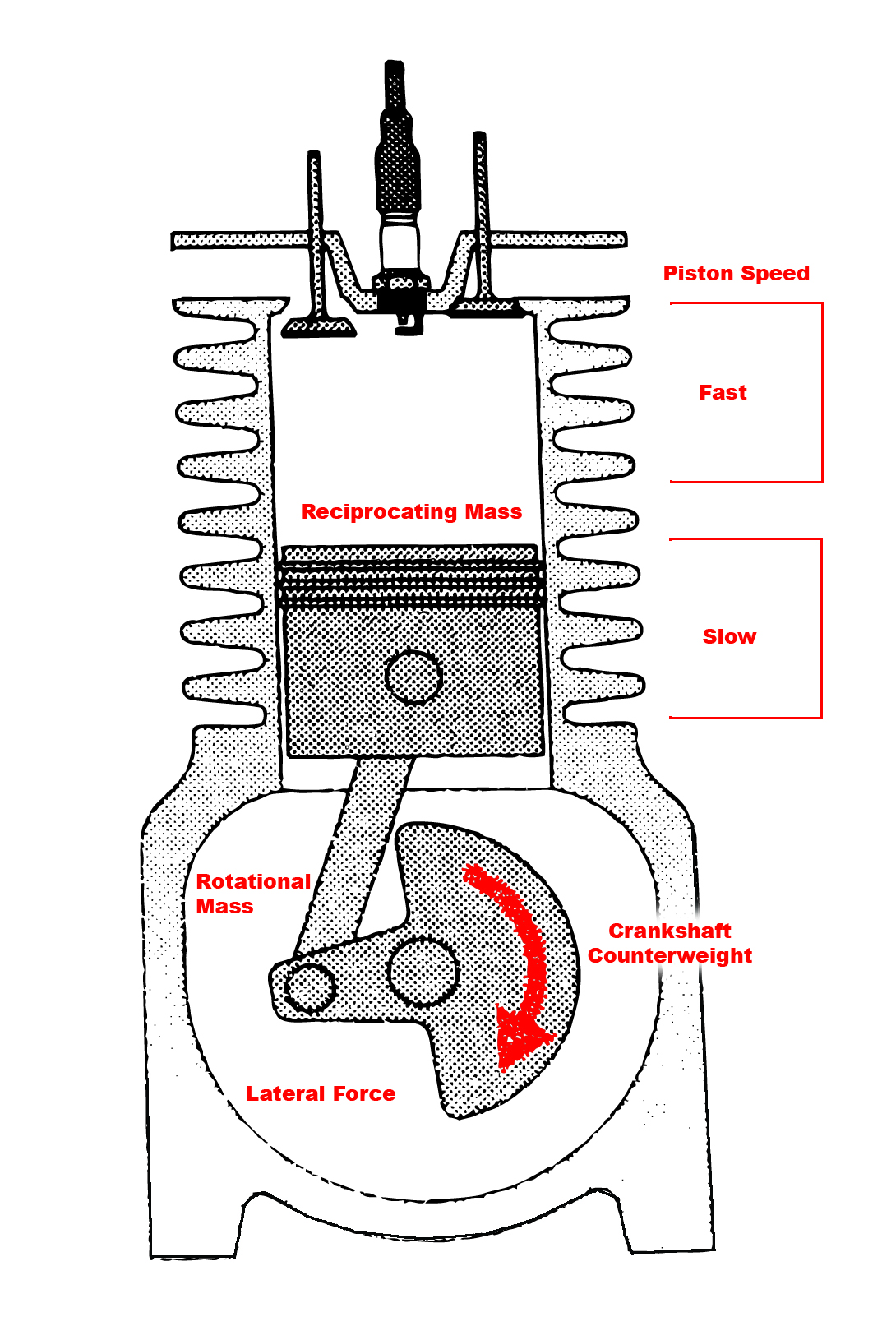

The new wiring lets the bombers carry precision-guided bombs in their internal bays, instead of strictly on their wing pylons.Įight years later, the Air Force tapped Raytheon to install a new electronically-scanned radar in the venerable bombers, finally replacing the antique AN/APQ-166. In 2011, the service paid Boeing $12 billion to rewire all 76 B-52s and add Link 16 datalinks and new cockpit displays. While the Air Force inched toward the B-52 engine contract, it moved more quickly to replace other obsolete systems aboard the iconic bomber. That extension should allow a B-52 to conduct a cruise-missile strike anywhere in the world with no more than one mid-air refueling, according to a 2004 analysis by the Defense Science Board. The new engines and other changes could boost the B-52’s fuel efficiency by 40 percent, extending its unrefueled range with a standard weapons load and a one-hour fuel reserve from 5,100 miles to 7,400 miles. Removing the undernose pods could reduce drag, Boeing explained. Today B-52s generally fly at high altitude and anyway are compatible with modern camera pods, rendering the old sensors obsolete. Those pods once contained infrared and daylight video cameras that assisted with low-level navigation. At the same time Boeing is installing the new engines, it’s open to also uninstalling the two undernose pods that the company added to the bombers in the early 1970s.

The $2.6-billion re-engining effort, which involves Rolls-Royce building eight F130s per bomber plus some spares and Boeing swapping the old TF33s for them, might also includes new pylons.


 0 kommentar(er)
0 kommentar(er)
